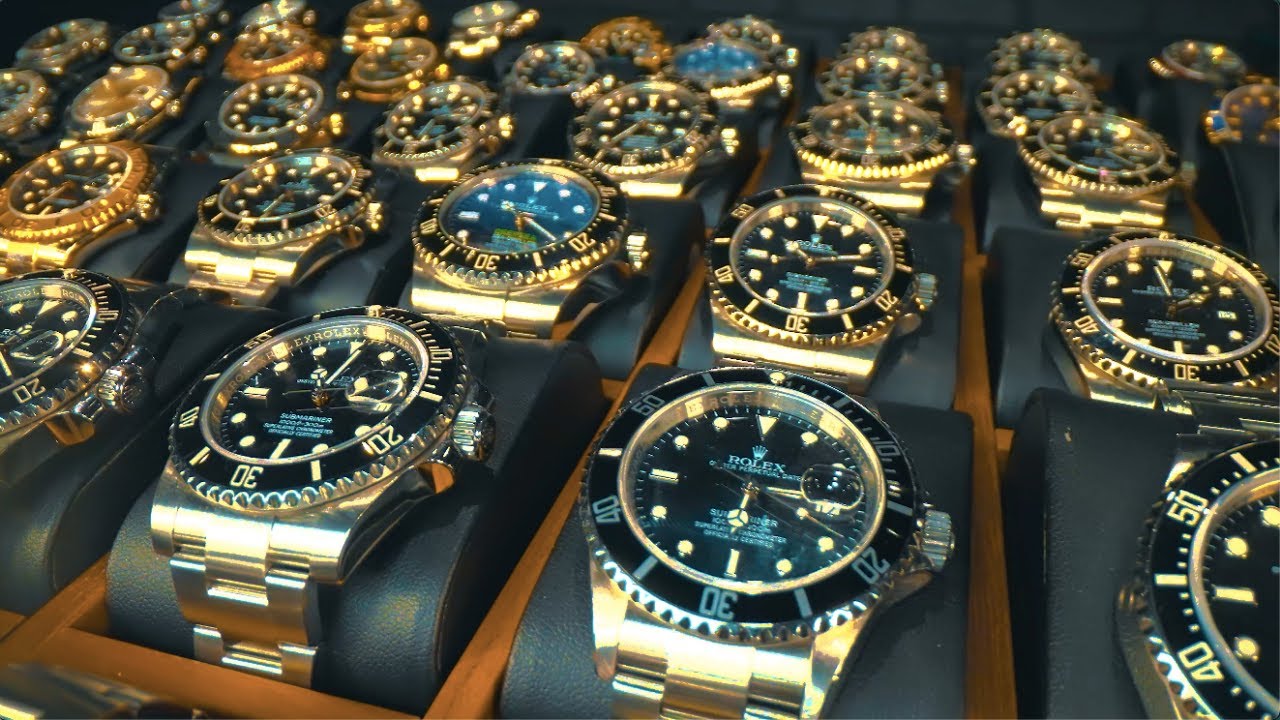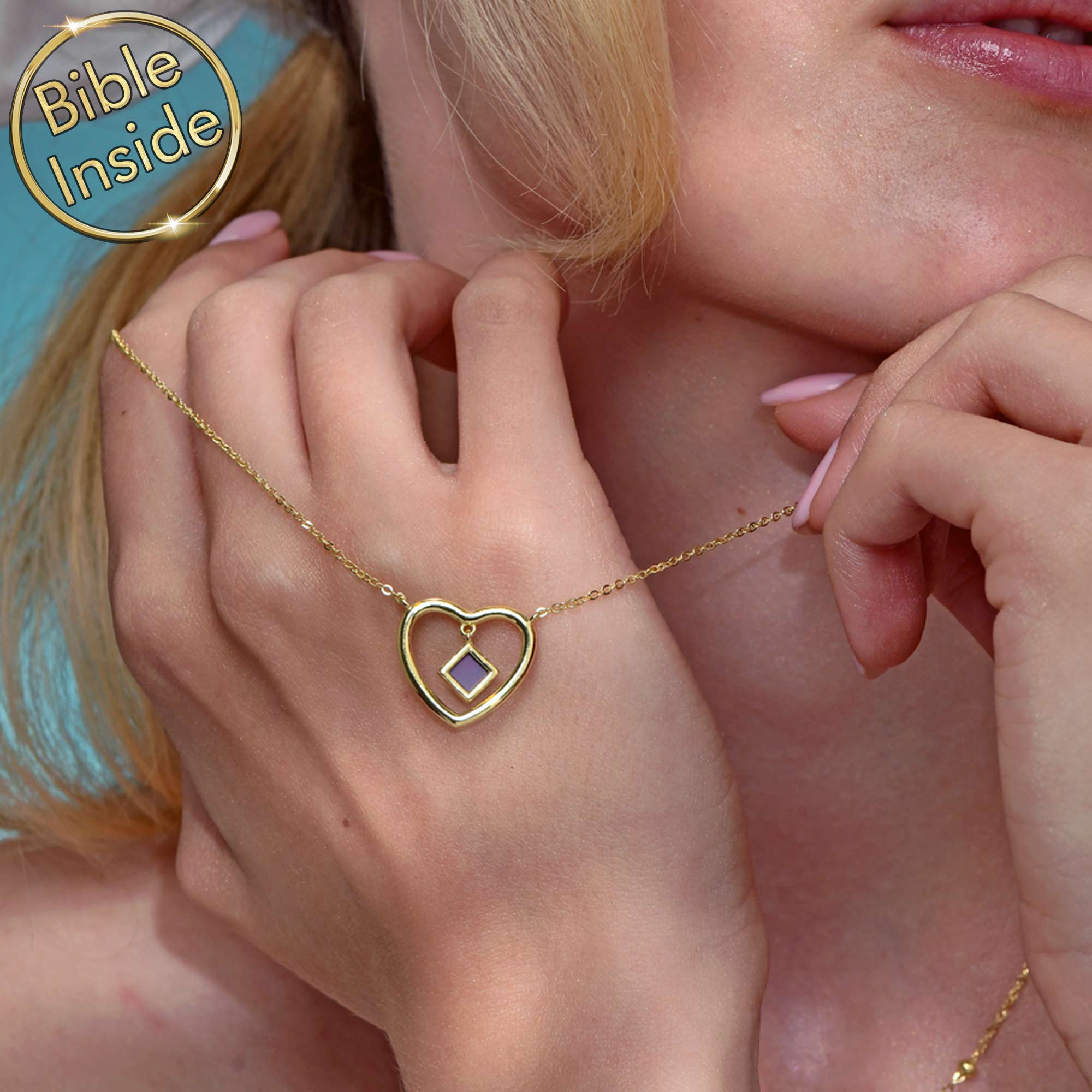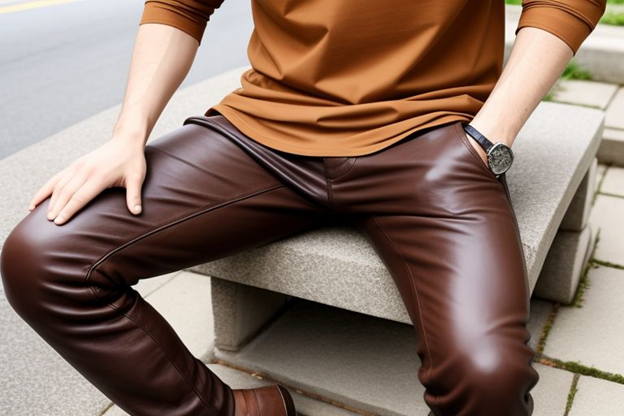Many fashionable professional buyers who prefer luxury watches are now comfortable with “refreshing” their collections regularly. This is a positive development for the industry as it reduces waste and prevents overproduction of luxury timepieces.
Buying pre-owned avoids the watch depreciation that occurs after leaving the showroom. However, there are a number of challenges that sellers face in the pre-owned market.
1. Availability
The luxury watch industry is at an inflection point. While new-to-the-market models can still be coveted and hard to acquire, it’s become increasingly common for consumers to turn to the secondhand market to find certain styles, especially those that represent more of an investment or collector status. Several large brands that initially regarded the secondhand market as a competitor have recognized its potential for growth and are beginning to embrace it. In 2018, the Richemont Group bought a pre-owned watch retailer and Audemars Piguet began offering its own certified pre-owned program through dealers.
During the COVID-19 pandemic, interest in luxury watches surged as housebound consumers lustred over timepieces online. Prices for the hottest pieces soared, with some Patek Philippe and Audemars Piguet timepieces reaching 200% of their retail price on pre-owned watch exchanges. However, as prices began to fall back in late April – alongside declining stock markets and cryptocurrency values – demand for some pre-owned watches dropped significantly.
This is a major challenge for sellers who are accustomed to strong sales during periods of high demand, but now must contend with much lower sales volumes. This will force luxury sellers to rethink their marketing strategies and develop new ways to connect with customers.
As a result, some of the most influential players in the pre-owned watch market are shifting their focus to emerging markets, particularly China and Vietnam. Unlike the mature European markets that typically drive Swiss watch exports, younger buyers in these markets are more comfortable with buying and selling secondhand watches, which are less expensive than their new-to-the-market counterparts. They also tend to be more active on the secondary marketplace, trading their existing timepieces in favor of newer models or other accessories.
2. Pricing
The second-hand market offers more than just an opportunity for consumers to purchase a timepiece that may be too expensive to buy new. The sector provides retailers with a unique opportunity to understand the habits and preferences of luxury watch buyers, helping them to better market products and services to these consumers.
The resale market offers a range of pricing options, including retail and consignment. Retailers that offer the latter allow their customers to sell watches on a contract basis, typically with a fixed price in advance of the sale. This allows for a much smoother, more predictable sales process and can help reduce the risk of over-paying for a watch.
However, this model is not without its challenges. One of the biggest obstacles for retailers is ensuring that the price of a watch is fair to both the seller and buyer. This is particularly important when it comes to selling rare and high-value watches, which require special expertise and verification to ensure that they are genuine.
Another challenge is acquiring a sufficient volume of watches to meet demand. This is particularly true for prestigious Swiss watch brands, which are often in high demand due to their reputation for quality and durability. Some luxury watch manufacturers, such as Rolex, have a waiting list of potential customers for specific models.
Lastly, it is important to have the right sales team in place to support pre-owned business. The luxury watch business is a highly competitive industry, and it is essential to have knowledgeable staff to guide customers through the process of buying and selling. This will include providing detailed product knowledge, identifying the value of a watch and ensuring that prices are consistent with the resale market.
3. Quality
The quality of pre-owned watches is often a point of concern among collectors. But, with the right tools and knowledge, sellers can overcome this challenge. Authentication is one such tool that can help ensure buyers are getting the best value for their money. This process can include using a third-party service to verify the authenticity of a watch. Another way to reassure buyers is by selling only genuine, unworn and undamaged timepieces. This can be difficult, especially with the emergence of the gray market, which includes unsold watches, speculation on iconic timepieces, trades between avid collectors and more.
Despite this, the quality of pre-owned watches is becoming increasingly important to buyers. As younger generations enter the industry, they are demanding more from brands – including a commitment to sustainability.
This new generation is also bringing fresh perspectives. This is evidenced by the rise of female and younger collectors, as well as by a number of rebranding initiatives by watchmakers to appeal to these new consumers. Some examples include Omega’s HerTime exhibition and Zenith’s DreamHers campaign launched in 2020, to name a few.
In the past, many brands have kept their distance from the secondhand market, but this is changing. Several large luxury watch brands have now recognized the importance of the secondary market and have started to develop an integrated strategy. This has included buying companies like Watchfinder, launching their own pre-owned businesses and offering services such as watch authentication by Rolex. This approach will allow them to tap into a new market and build trust with consumers. It will also make it easier for customers to trade in their old watches and evolve their collections with the latest models.
4. Insurance
The pre-owned Swiss watch market is a rapidly expanding one. Sales platforms offering certified used models are multiplying online. In 2018, luxury goods giant Richemont SA, owner of the Cartier, IWC and Audemars Piguet brands, entered the sector when it bought the British platform Watchfinder. Rolex has even launched a new official certification program for secondhand watches, comparable to how the Gemological Institute of America certifies diamonds.
The popularity of vintage timepieces has influenced a younger generation of collectors to consider buying secondhand models as part of their collection. Longer waiting lists for new models at leading watch brands like Rolex and Patek Philippe are also pushing consumers to look into older, less-expensive models. As a result, annual sales in the segment are expected to grow to 35 billion Swiss francs by 2030 from 20 billion last year, according to consulting firm Deloitte.
However, these positive trends are being tempered by growing economic uncertainty. The latest Deloitte study found that consumers in the largest export markets for Swiss watches are much more worried about political instability than in previous years. For example, a majority of respondents in Germany think that the level of political uncertainty will be high.
This could lead to a reduction in the demand for Swiss watches, and it may also change buying behavior. For example, the CEO of Watches of Switzerland says some customers on waiting lists have stopped purchasing their desired watch if it is delayed. Other luxury watch companies have seen this trend as well. In addition, the increasing attention to sustainability has led some people to seek out more environmentally friendly watches. However, the study also finds that many consumers are not convinced that there is a link between sustainability and price.
5. Communication
Previously seen as a realm for cuff-clad buyers and private jet-riding debonairs, the luxury watch industry is evolving with the times by embracing its thrifty, sustainable side: second-hand sales. The pre-owned market, which is forecast to reach $22 billion by 2030, is being fueled by Generation Z shoppers who are seeking high-end goods with an eye on sustainability. Deloitte’s Karine Szegedi, head of consumer and fashion & luxury, explains: “Ownership is important for 1 in 3 Millennial and Gen Z consumers but they also have a strong penchant for pre-owned watches due to price sensitivity or because they are willing to acquire a discontinued model.”
This trend has led established online sales platforms such as Chrono24, Watchfinder and Subdial to expand their services to offer the ability to buy, sell and trade second-hand timepieces while guaranteeing authenticity and providing secure payment options. And many watchmakers, including Rolex and Cartier, are launching their own pre-owned collections in their boutiques and online.
While it may seem counterintuitive, some primary retailers report that they are benefiting from the growth of the pre-owned sector. “Pre-owned gets people into the category as a value proposition and provides liquidity for owners,” says Brian Duffy, chief executive of the UK’s Watches of Switzerland Group. He adds that it’s also helping to offset slowing new-watch sales.
Still, the resale market has its challenges. Some observers believe that the popularity of some models, such as the current-generation Patek Philippe Nautilus and Rolex Daytona, is driving up prices, with some sellers asking for more than the watch’s actual value. Others argue that the demand is simply outpacing supply, with the Swiss watch industry facing short production runs and longer waiting lists for some models.



